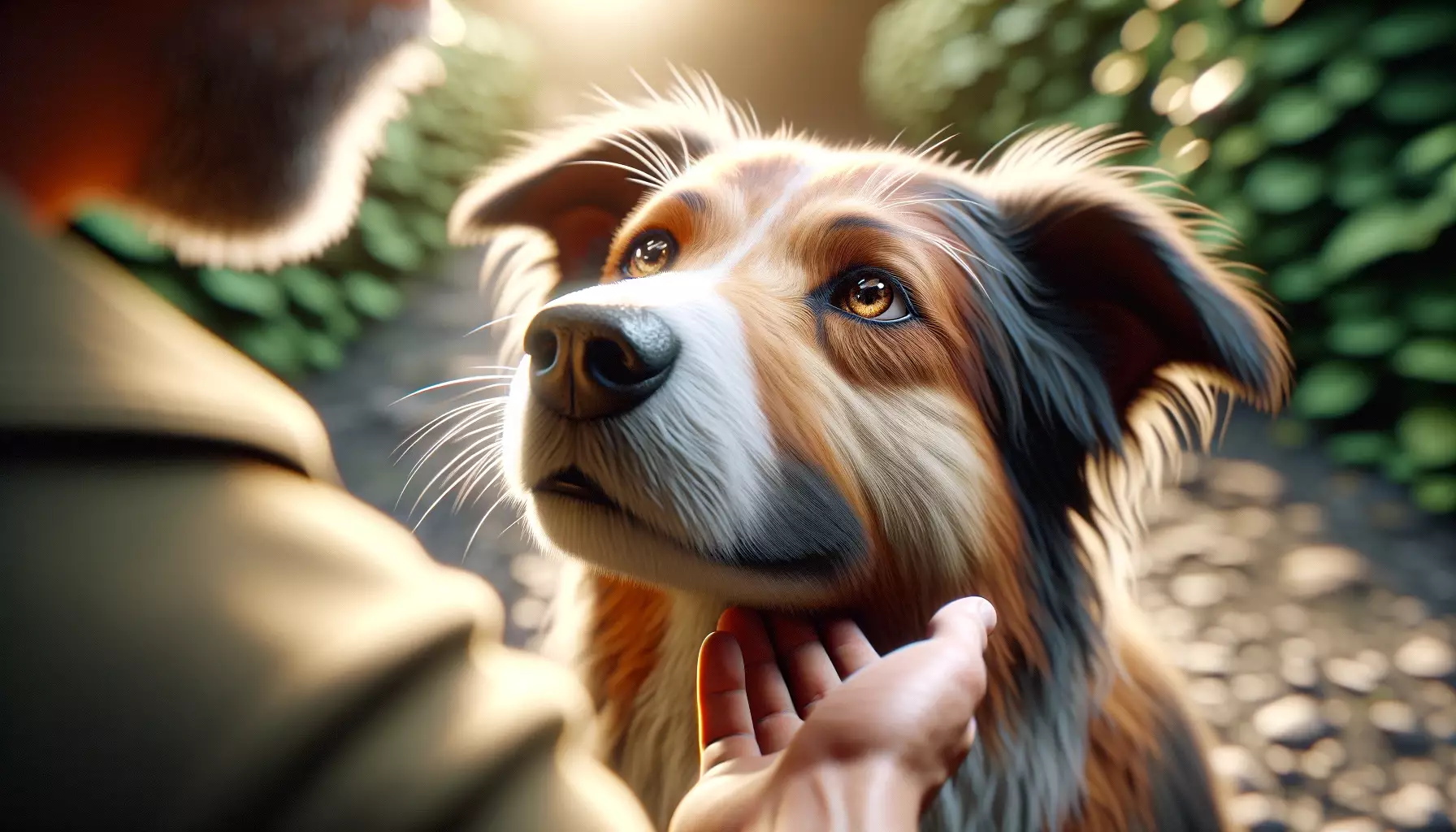The bond between humans and dogs is one of the most fulfilling relationships we can experience. Dogs, with their playful antics and unconditional love, rely heavily on their human companions for guidance, safety, and social structure. This relationship is deeply rooted in the history of domestication, wherein our canine friends transitioned from wild animals to beloved companions. To truly thrive within this partnership, it is essential for dog owners to comprehend their role and the dynamics at play. One key element is understanding the concept of leadership, or as some may refer to it, the “alpha” role. This article explores how recognizing the signs of your dog’s perception of you as the alpha can enhance your relationship and lead to a more harmonious household.
Recognizing Obedience as a Key Indicator
One of the most prominent signs that your dog respects you as their leader is obedience. When your dog follows commands like “sit,” “stay,” and “come,” it indicates that they view you as the authority figure they can rely on. This engagement with commands not only reflects their acknowledgment of your position but also their willingness to act in accordance with your wishes. It is worth noting that an obedient dog responds with enthusiasm and consistency, seeing your instructions as more than just words—it’s a communication channel that fosters trust.
However, beyond merely following commands, the nuances of how your dog interacts with you reveal much about their perception of you as a leader. An attentive dog is not just being obedient; they are watching you for cues, which indicates a level of respect that can enhance the bonding experience between you both.
Body Language: The Silent Communication
Dogs are masters of non-verbal communication, and their body language often tells a compelling story about their feelings toward you. Signs of calm submission—such as lowered ears, avoiding direct eye contact, and adopting a relaxed posture—are potent indicators of trust and respect. Such behaviors illustrate that your dog views you as a caring leader, rather than a threatening figure.
Consider when your dog rolls onto their back, exposing their belly. This vulnerability signifies not only trust but an acknowledgment of your dominant role. By understanding these subtle signals, dog owners can gain valuable insights into their dog’s emotional state and strengthen their connection.
Seeking Permission: A Sign of Respect
Another critical aspect of your dog’s perception of leadership is their tendency to seek permission before acting. Many dogs will wait for cues before eating or will look to you before engaging in certain activities, such as jumping on furniture. This behavior reflects a recognition of your authority and a desire for your guidance in their actions.
This waiting game can be further emphasized during everyday activities. For instance, when a dog pauses at the door before heading outside, it’s a clear indication that they respect your role in their lives, cherishing your direction as a reassuring presence. Their attentiveness not only reinforces your leadership but also fosters a sense of collaboration in day-to-day interactions.
Following You as a Loyal Companion
Dogs are pack animals by nature, and they thrive in settings where they have a clear leader. Observing your dog following you around the house is a strong indicator they see you as the alpha. This instinctual behavior is rooted in their history as pack animals and reveals a desire for companionship and protection.
When your dog checks back with you during walks, continuously looking up at you, it demonstrates their recognition of your leadership and their longing for your approval. It’s a beautiful testament to the bond you share—your dog feels secure and connected to you.
Protectiveness: A Natural Instinct
It is perfectly normal for dogs to demonstrate protective behaviors, but those who see you as their leader often exhibit a certain level of vigilance and positioning to shield you from potential threats. This reflects their innate instinct to regard you as part of their pack and their role in safeguarding both themselves and their perceived leader.
Such behaviors not only highlight their respect for you but also exemplify the strong emotional bond that deepens as they learn more about their environment alongside you. A dog that positions itself between you and perceived dangers reveals an understanding of its protective role while reinforcing your position in their life.
Sharing Resources and Trust
The willingness of your dog to surrender their toys or even food upon your request is a major sign of trust and acknowledgment of your authority. This dynamic reflects the pack hierarchy, where dominance is linked to resource control. When dogs willingly share their beloved items, it symbolizes a significant level of respect and comfort with their position in your family structure.
This behavior can foster greater connection through shared experiences, enhancing the emotional elements of training and bonding. The act of giving speaks volumes about their perception of safety and reliance on you as a dependable leader.
Fostering a Positive Leadership Role
While recognizing these signs is essential, it is equally important for dog owners to nurture their role as leaders responsibly and positively. Effective leadership isn’t about instilling fear; it revolves around the principles of clear boundaries, steady training, and emotional support. Positive reinforcement, combined with patience and understanding, can cement your place as a trusted alpha.
Leadership should be about guiding and nurturing rather than dominating; this fosters trust instead of fear. A well-rounded approach to caring for your dog will not only strengthen your bond but also laid the foundation for a relationship steeped in mutual respect and trust. Embracing this role with kindness and responsibility transforms your interaction into a lasting partnership that both you and your dog can cherish.

